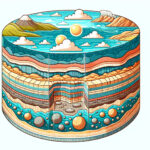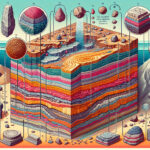Introduction to Hawaiian Geology
Welcome to the majestic world of the Hawaiian Islands—a true geological marvel! Here, the Earth breathes, roars, and shapes itself into the stunning panoramas we cherish. Let’s dive into the fascinating interplay of forces that have sculpted Hawaii’s breathtaking landscape, where sedimentary rocks play an unexpected, yet vital, role amidst its more famous volcanic siblings.
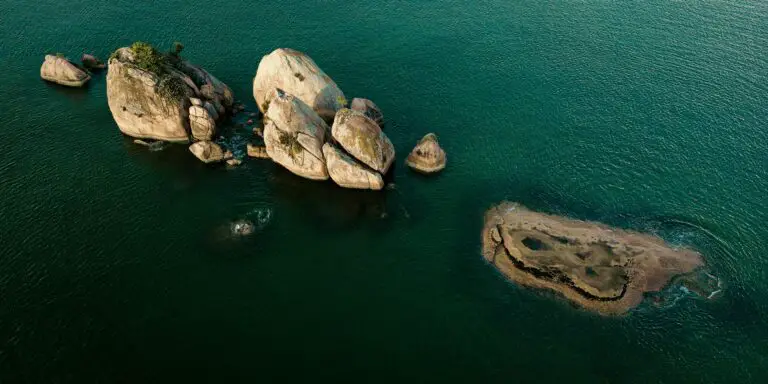
Imagine you’re walking on a tranquil Hawaiian beach, your toes sinking into the sand. This very sand is a clue to the islands’ past. Over millennia, waves and weather have tirelessly worked to break down lava rocks from ancient eruptions into fine grains. These grains journey through waterways, embracing the ebb and flow of tides, to eventually rest where you stand—a testament to Hawaii’s enduring cycle of rock formation and erosion.
But the story doesn’t end with a sunset walk along the beach. Let’s take a peek beneath the surface. Layers upon layers of these sediments are compacted and cemented over time, giving birth to the sedimentary rocks that dot the Hawaiian landscape. For an in-depth look into how these rocks form, a visit to this educational page can shed light on the fascinating geological processes at play.
Now, if we talk about Hawaii’s geological setting, we cannot do so without mentioning the underlying hot spot responsible for the islands’ volcanic nature. Yet, amidst this fiery creation, the quieter sequences of sediment deposition are equally significant. While it’s easy to get lost in the grandeur of spewing lava and towering peaks, don’t overlook the subtle allure of sedimentary strata that cradle the history of oceans and the very life that once thrived here.
The tale of Hawaiian geology is still being written by nature’s own hand. The islands bear witness to the relentless push and pull of creation and erosion—a reminder that even as the volcanoes build, sedimentary rocks are the unsung architects of the archipelago. Through their formation, they record Earth’s memoirs and shape the landscapes we so deeply adore. So, the next time you visit Hawaii, remember that every rock underfoot harbors stories etched in time, waiting for you to uncover them.
The Birth of the Islands: A Volcanic Foundation
Imagine fiery molten lava cascading into the cool ocean waters, steam rising as a testament to nature’s alchemy. This dramatic scene has been the pivotal first act in the genesis of the Hawaiian Islands, a majestic dance of Earth’s internal forces which continues to shape these islands today. Driven by a volcanic hotspot nestled beneath the Pacific Plate, the Hawaiian archipelago was born in a spectacular display of eruptions and flows, laying the unyielding volcanic bedrock that would become the canvas for sedimentary stories to unfold.
The cascade of events starts deep beneath the surface, where mantle plumes fire up magma chambers, ultimately breaking through Earth’s crust, generating new land over millions of years. It’s a process that seems almost mythical but is routinely observed by geologists who are continuously fascinated by Hawaii’s 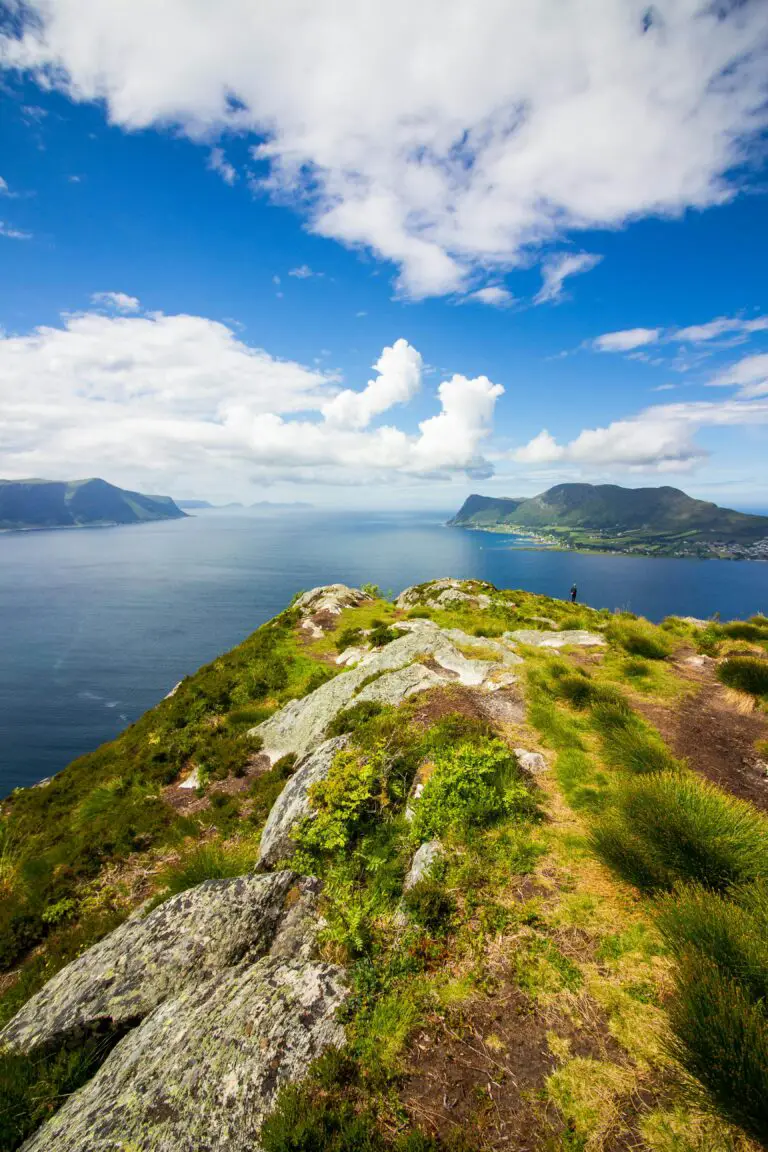 flamboyant geological personality.
flamboyant geological personality.
This volcanic foundation is critical, as it sets the stage for sedimentary rocks to come into being. Without the uprising landmass from fiery depths, there would be no stage for sediments to accumulate. Over time, as the volcanoes quieted down, the relentless wind, water, and time went to work, weathering the igneous basalt into finer materials that could one day become the sedimentary layers of Hawaii’s picturesque landscape.
While there may not be an internal link available to further explore the wonders of Hawaiian geological history, the processes of volcanic eruption and sedimentation join together in an ecological pas de deux, choreographing an island formation that’s alive and dynamic. It’s these very processes that set the stage for the stories of sedimentary rocks told across the Hawaiian Islands, decorating the archipelago with beaches, cliffs, and soil that supports a unique ecosystem. So next time you witness the sea kissing the shores of these volcanic islands, remember the age-old tale of fire meeting water, creating the fertile ground upon which life thrives and sedimentary rocks continue to form.
From Lava to Sand: The Sedimentary Cycle
Imagine watching a volcanic eruption, the fiery lava coursing down the slopes of a Hawaiian peak. Now, picture that same lava, years later, not as a river of molten rock but rather as the very ground beneath your feet, transformed into scattered grains of sand on a serene beach. This miraculous transformation is part of the island’s untold story of rock reincarnation.
The Hawaiian Islands, known for their dramatic volcanic activity, also play host to an equally intriguing geological phenomenon: the birth of sedimentary rocks.  Sedimentary rocks, contrary to their hardened demeanor, begin their existence in a state of flux courtesy of the islands’ volcanic parents. It’s a process that demolishes the mighty and grinds them down to the minute — a testament to nature’s enduring cycle of creation and destruction.
Sedimentary rocks, contrary to their hardened demeanor, begin their existence in a state of flux courtesy of the islands’ volcanic parents. It’s a process that demolishes the mighty and grinds them down to the minute — a testament to nature’s enduring cycle of creation and destruction.
As these volcanic materials cool and solidify, they eventually succumb to the relentless forces of weathering. Wind, water, and time work in concert, breaking down the once-impenetrable lava into smaller, transportable pieces. Rainwater weaves its way through the landscape, picking up stray volcanic particles, much like a jeweler collects precious stones, and carries them towards the ocean.
Once at the ocean’s edge, waves caress each grain, smoothing rough edges in a natural tumbling motion. The interaction between water and volcanic debris creates beaches studded with a patchwork of sedimentary rocks. From the vibrant shores of Waikiki to the secluded nooks of the Na Pali Coast, these sediments narrate a saga of their volcanic lineage.
Amidst this geologic ballet, marine organisms, too, contribute to the symphony of sediments. Their remains, combined with the volcanic particles, accumulate layer upon layer on the ocean floor, compressing over time into the sedimentary rocks that later emerge in outcrops along the coast. Intriguingly, these layers serve as pages in Hawaii’s geologic history book, revealing stories of ancient environments and the island’s evolutionary dance. It is within these grains that the islands’ very soul seems to reside.
As these processes continue unabated, they forge not only the islands’ beaches but also the less visible, yet equally fascinating, subsurface geology. Through this continuous cycle, the Hawaiian Islands reveal the transformative journey from lava to sand, from fiery origins to serene repose—a journey that is as much a part of the islands’ identity as the mythic tales of old.
Coral Contributions to Sedimentation
Imagine diving into the crystal-clear waters surrounding the Hawaiian Islands, where an intricately woven tapestry of coral reefs bursts forth in a kaleidoscope of colors. These reefs, teeming with marine life, are not just an underwater spectacle; they are dynamic, living factories of sedimentary rock formation. As these tiny architects of the ocean work tirelessly, they craft the foundations of new land in spectacular fashion.

Much like a city rising from ashes, the swaying coral polyps secrete calcium carbonate, building their protective homes and, layer by layer, paving the watery way towards new islands. Over time, the skeletal frameworks of corals, along with the shells of mollusks and other calcareous organisms, accumulate as they pass on, transforming through weight and water chemistry into solid limestone—the very backbone of sedimentary rocks.
Let’s take a reef atoll as a real-life example. Born from volcanic activity, these circular coral strongholds slowly amass layers of biological materials. With volcanic activity ceasing, the central island subsides, giving way to the growing rim of coral debris. This constant cycle of life, death, and compression eventually cements into the sedimentary slabs that, when uplifted, serve as a testament to the ocean’s alchemical prowess on terra firma.
Now, blend this biological alchemy with the Hawaiian shore’s wave action, where the persistent ebb and flow grind down these materials into sand and finer sediments. Ashore, this natural confetti creates stunning beaches, while the more diminutive grains end up as part of the islands’ sedimentary layers.
Through this fascinating interplay of biology and geology, the Hawaiian Islands continue to evolve. The coral’s legacy endures, locked within the rock, a silent yet eloquent narrative of the islands’ origins whispered by the grains beneath our feet.
The Role of Oceanic Forces in Shaping Sediments
As you meander along the picturesque coasts of Hawaii, you might notice the diverse range of textures underfoot – gritty sand, smooth pebbles, and, in places, layers of consolidated sedimentary rock. These aren’t just random formations; they’re the product of an unceasing dance between Earth’s materials and the surrounding oceanic forces. But how exactly do waves, tides, and currents mold these natural mosaics?
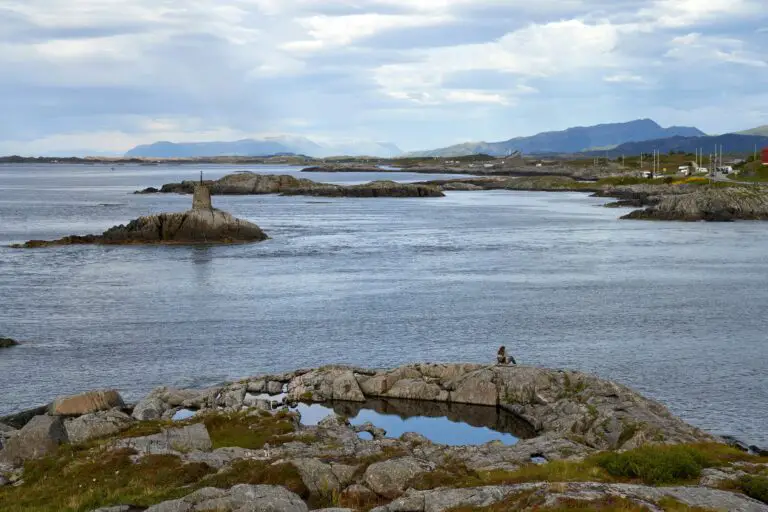
Begin with the relentless waves, each a sculptor in its own right, tirelessly chiseling at the island’s volcanic bedrock. The waves crash, drag, and smooth out the raw material, gradually breaking it down into finer particles. This marine artistry isn’t just a feat of strength; it’s also about persistence. Over time, the wave activity sorts the sediments based on size – the heavier stones tossed and turned until they are left behind as smoother, rounded pebbles, while lighter grains are carried further to grace Hawaiian beaches.
And then there are the tides, the rhythmic pulse of the ocean’s heart. They orchestrate the coming and going of sediments along the shore, a geological ebb and flow that sees layers of sand, silt, and clay laid down and then, at times, whisked away. It’s this tidal movement that contributes to the stratification seen in sedimentary rocks, with layers upon layers telling tales of past environments, each one unique to its moment in time.
Let’s not forget the ocean currents – those vast and wandering ribbons of water that circle our globe. They have their part to play too, directing traffic on the marine sediment highway. Currents act as conveyor belts, transporting sediment to new locales, perhaps even miles away from their point of origin. The distribution of sediments by currents can lead to the formation of different sedimentary rock types, depending on the conditions they settle in.
In essence, the coasts of Hawaii serve as a snapshot of these geological processes in action. The rocks underfoot do not merely exist; they tell a dynamic story of ongoing transformation – a testament to the power of the sea in sculpting the land. Each grain of sand, each pebble, and each layer in the sedimentary rocks is a chapter in an epic, ongoing saga written by the ocean itself.
Wind, Rain, and Erosive Power
Picture the Hawaiian landscape: a tropical paradise marked by the rugged beauty of steep cliffs and pristine beaches. But beneath the lush greenery and crystal-clear waters, a powerful geologic saga unfolds, driven by the relentless forces of wind and rain. It’s the very story of how sedimentary rocks form on the Hawaiian islands, sculpting the scenery we so admire.
In Hawaii, the weather isn’t just a backdrop for vacation photos; it’s an architect. The islands’ rocky shores serve as hard evidence of the island chain’s ongoing battle with the elements. Sedimentary rocks bear the brunt of this elemental onslaught. As the warm tropical rains descend, they gradually wear down the volcanic rocks, breaking them into fine particles over millennia. These particles travel, through the cascading waters of streams and rivers, to their final resting place along the coasts and ocean floor—creating new sedimentary layers, grain by grain.
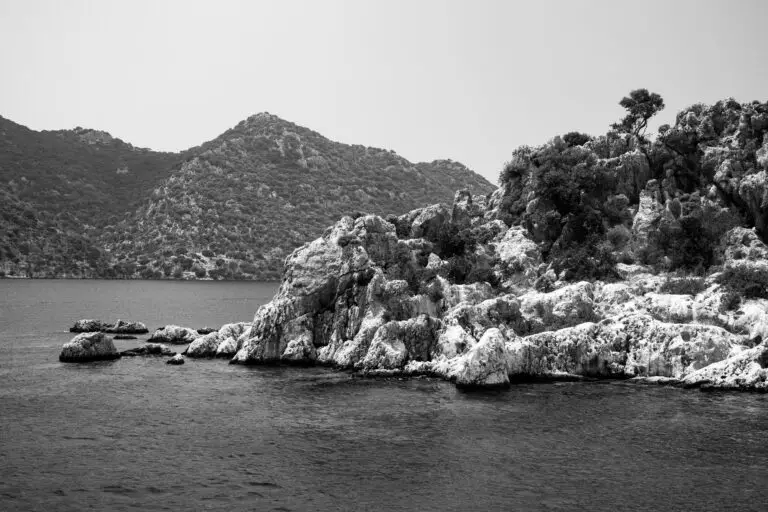
The winds, too, are more than just a gentle sea breeze. They’re powerful sculptors, carrying sand and small particles across vast distances, blasting against and eroding exposed rock surfaces. This process is not just a footnote in a geological textbook; it is a phenomenon you can witness in real-time. From the majestic sand dunes to the gentle slopes where once jagged rocks stood, the testimony of wind erosion is everywhere.
Hawaii’s tropical climate is both a blessing and a curse, if you see it through the eyes of a rock. While it provides the moisture necessary for life, it also furthers the process of chemical weathering, where the warm and humid conditions lead to the breakdown of minerals within the rocks. This relentless cycle of disintegration and reformation gives birth to the beautiful sedimentary structures we observe today, with layers upon layers that tell tales of the island’s past.
It’s a dynamic world of change and transformation, often unnoticed by the casual observer. But for those who look closer, the islands are alive with a geological pulse. The sedimentary rocks of Hawaii are not relics of the past; they are vibrant, ever-changing canvases that narrate the island’s history—a history written by the very elements that shape their existence.
Human Impact on Sedimentary Rock Formation
When we gaze upon the lush landscapes of the Hawaiian Islands, we’re witnessing the artwork of Mother Nature—framed by sedimentary rocks that tell tales of a geological past. But, did you know that we, humans, are adding our own strokes to this masterwork? Let’s dive into the fascinating interplay between human activities and the formation of these rock formations.
Picture this: the Hawaiian beaches, where golden sands meet crystal-clear waters, and both tourists and locals alike bask under an ever-generous sun. While it might seem like these iconic beaches have been this way forever, our presence plays a significant role in how they evolve over time.
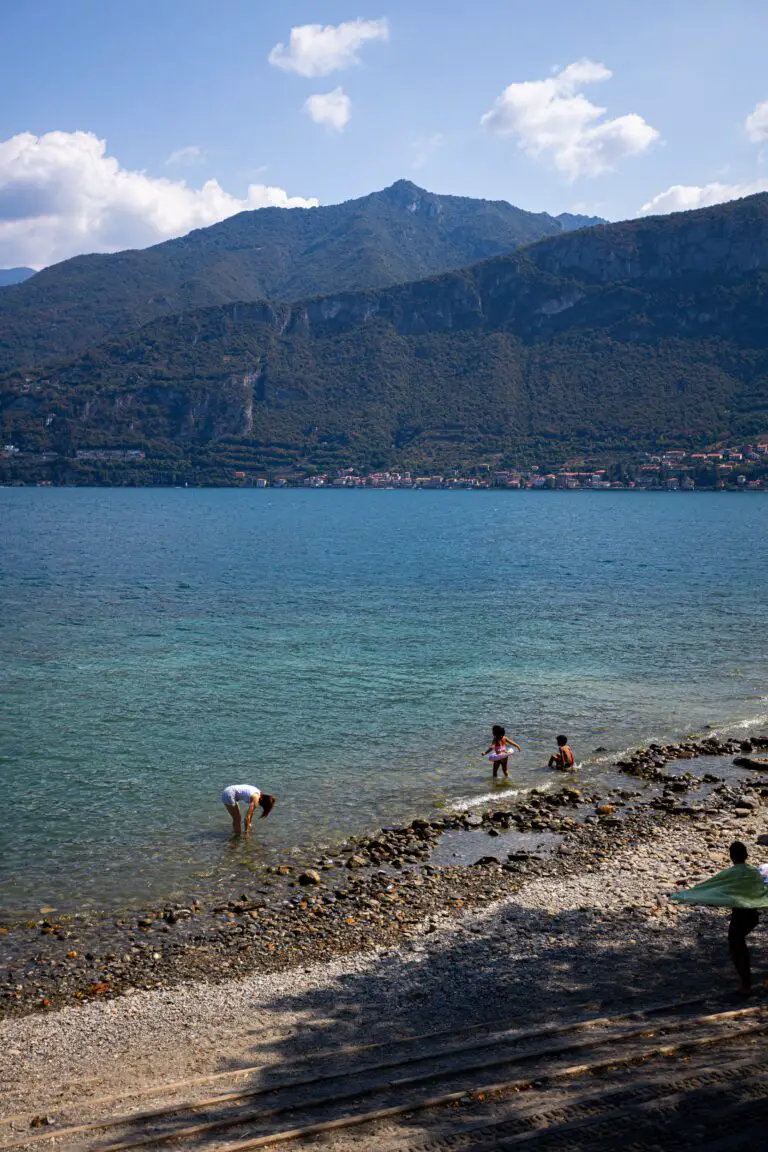
One way humans influence sedimentary rocks in Hawaii is through construction and development. Each building, road, and man-made structure directly or indirectly affects the sediment supply and distribution. Land cleared for agriculture or urbanization exposes soil to erosion, and the eroded material can eventually become part of the island’s sedimentary rock narrative.
Equally impactful is our contribution to climate change. Changes in temperature and precipitation patterns can alter the course of the island’s rivers, leading to increased erosion in some areas and decreased sediment deposition in others. This, in turn, can change how quickly sedimentary rocks form or erode away. The rising sea levels, a product of our times, also threaten to shift the balance, drowning coasts, and reshaping the sedimentary landscape in unforeseen ways.
But there’s more to the story. Consider the tourism sector—the myriad of footsteps on the beaches, the recreational activities in the national parks, and the boats stirring up coastal sediments. Although these acts seem minimal individually, collectively, they can contribute to significant geological changes over time.
Our actions are not only transforming the current landscape but are also influencing the geological records of tomorrow. When future geologists examine the layers of sedimentary rocks, they’ll be reading chapters that we wrote, with stories of how we lived, built, and altered the vistas of these beautiful islands.
It’s a profound connection—one that’s literally set in stone. As we continue to sculpt the Hawaiian terrain, often without realizing it, we’re participating in a process that’s as old as the islands themselves. Our impact is undeniable. The question that remains is: how do we make it a positive one?
Island-Specific Sedimentary Features
When we think of the Hawaiian Islands, we immediately picture lush green landscapes, active volcanoes, and pristine beaches. But let’s dive beneath the beauty and unravel a story written in stone—of how sedimentary rocks form on these tropical islands. The islands are not just a hotspot of biodiversity but also a geological goldmine, bristling with unique sedimentary rocks that tell tales of ancient environments, processes, and events.
Take a stroll along any Hawaiian beach, and you’re not just walking on sand—you’re stepping on thousands of years of geological history. These aren’t your regular beach sands either. On some beaches, like the famous Papakōlea Green Sand Beach, olivine crystals from volcanic eruptions contribute to the striking coloration. Meanwhile, other beaches may flaunt black sands composed of basalt, a dark volcanic rock, reminding us of Hawaii’s fiery creation.
Signature Sediments of the Archipelago
While the constant crash of ocean waves against volcanic rocks is the artist crafting the sands of Hawaii’s beaches, other processes come into play as well. Through weathering and erosion, mountainsides are whittled down, with fragments carried by wind, water, and gravity. Over time, layers of these materials accumulate, cement together, and become clastic sedimentary rocks—a geological jigsaw tracing back centuries.
As a real-life testament to this phenomenon, look no further than the exquisite beauty of the Waimea Canyon on Kauai, often dubbed the ‘Grand Canyon of the Pacific.’ Here, the interplay of river action on volcanic material has sculpted awe-inspiring stratified rock formations, spreading a palette of red, brown, and green hues across dramatic cliffs—a visage only the relentless march of sedimentary rock formation could paint.
For a deeper dive into how these enchanting islands harness volcanic activity and environmental forces to produce their sedimentary wonders, let’s take a look at this enlightening video:
While much attention goes to the volatile volcanic activity of the islands, it’s the silent yet steady build-up of sedimentary rocks that shapes much of Hawaii’s gentle slopes and rolling hills. The transformative power of sedimentary processes gives birth to fertile soils, carving out niches where unique flora and fauna can thrive. As these sediments layer over time, they create a geological archive that reveals Hawaii’s dynamic history—one grain at a time.
In exploring the Hawaiian Islands, we encounter not just a paradise for tourists but a natural, open-air museum for geologists. From the rich variety of beach compositions to the regional clastic sediments tucked away in the islands’ various nooks and crannies, Hawaii is a living, breathing showcase of sedimentary rock formation. By understanding these processes, we gain insights into a fascinating aspect of Earth’s geological narrative and appreciate the intricate dance between the land, sea, and air that has been shaping the Hawaiian landscape for millennia.
Importance of Sedimentary Rocks to Hawaiian Culture and Economy
Imagine stepping onto a warm, sunlit beach in Hawaii, surrounded by vivid landscapes where the whispers of ancient tales seem to rise from the sedimentary stones under your feet. For the native Hawaiians, these sedimentary rocks aren’t just geological wonders; they serve as keynotes in the grand symphony of the islands’ cultural and economic prosperity.
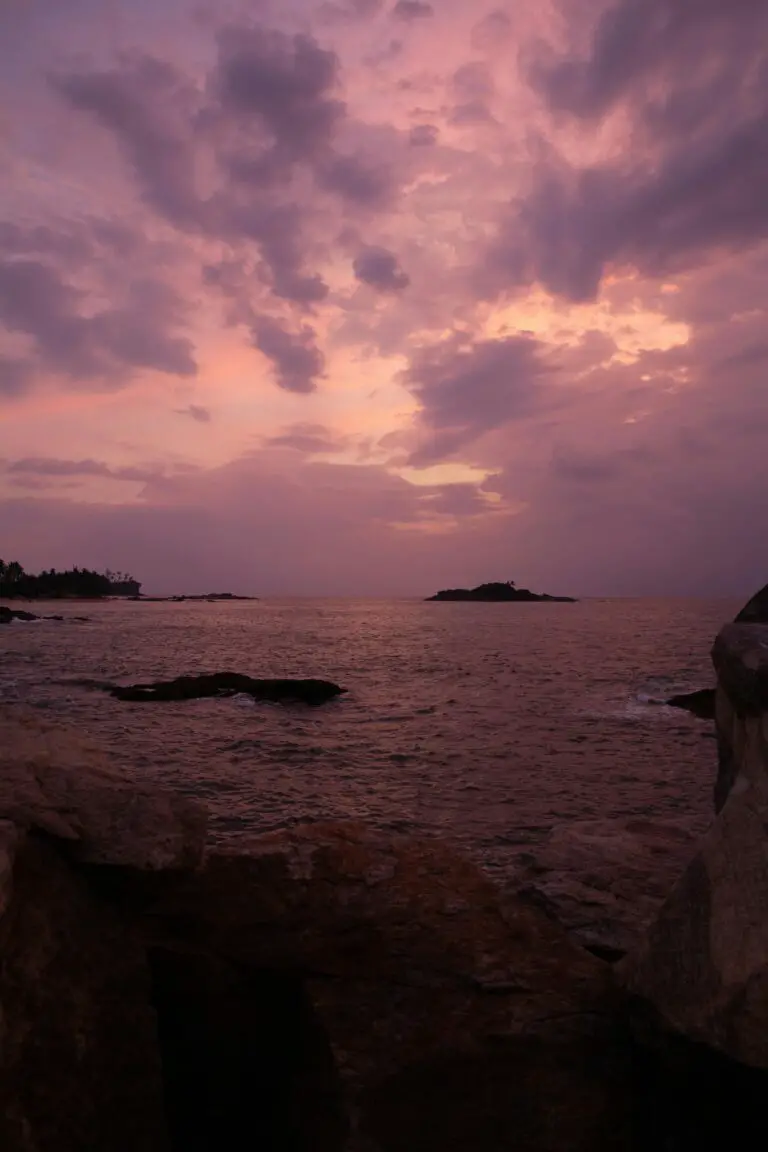
The story of sedimentary rocks in Hawaii is as much a narrative of nature’s artistry as it is of cultural reverence. In the Hawaiian culture, rocks are believed to embody the divine essence of their ancestors, known as ‘aumakua. From the adze quarries of Mauna Kea, where skilled craftsmen would forge tools from the stone, to the salt pans of Hanapepe, where sedimentary deposits contribute to traditional salt making, these rocks are integral to the Hawaiian way of life.
Carving History in Stone
These rocks not only offer a tangible connection to Hawaii’s past but also provide raw materials that support local crafts and construction. Hawaiian temple platforms, or ‘heiau,’ which are vital to the spiritual fabric of island communities, are often built with blocks carved from sedimentary rock, standing as a testament to the enduring relationship between the people and their land.
Economic Bedrock: Tourism and Natural Resources
The sedimentary rocks of Hawaii also underpin the state’s bustling economy. The dramatic cliff faces and rugged coastlines shaped by these geological formations draw millions of visitors every year, eager to experience the islands’ majestic natural beauty. Each snapshot a tourist takes home is a tribute to the sculptural masterpieces of sedimentary processes—a fusion of past and present that fuels Hawaii’s tourism industry.
Beyond the postcard landscapes, these rocks contribute to Hawaii’s natural resources. Sand and coral fragments, once part of the islands’ dynamic ecosystems, now form beaches and protect coastlines. They serve as habitat foundations for a diverse range of marine wildlife, which in turn promotes sustainable fishing—a vital resource for many local Hawaiian communities.
So the next time you’re marveling at the Hawaiian shores or tracing the lines of a stone’s layered past, remember the indelible imprint sedimentary rocks have on Hawaiian culture and economy. For in every grain and boulder, lies a story of a people grounded in the riches of their land.
Conservation and Preservation of Hawaiian Sedimentary Landscapes
As we delve into the intricate tapestry of the Hawaiian Islands’ landscapes, it becomes clear that the sedimentary rocks not only form a stunning visual backdrop but also play a crucial role in the cultural and natural history of the region. The conservation and preservation of these geological features are thus vital, not only for maintaining natural beauty but also for safeguarding the islands’ delicate ecosystems. In this section, we will explore the current efforts, challenges, and strategies employed to protect the unique sedimentary geology of the Hawaiian Islands.
On these islands, sedimentary rocks do more than rest idly beneath the coconut palms; they are a living stage of ecology and history. However, like all precious treasures, they face threats—both natural and human-induced. Erosion, brought upon by the relentless forces of wind and water, is perpetually at play. Human activities also pose significant risks, from the construction of beachfront properties to the trampling footsteps of eager tourists. The task of preserving these sedimentary foundations is no easy feat.
One of the most poignant stories of conservation success comes from the coastal cliffs where, not too long ago, local communities rallied to prevent the construction of a resort that would have chopped down portions of the unique sedimentary facades. Through a combination of grassroots activism, environmental advocacy, and partnership with local authorities, the cliffs remain untouched, serving as a playground for native birds and a canvas for the artistic expressions of the setting sun.
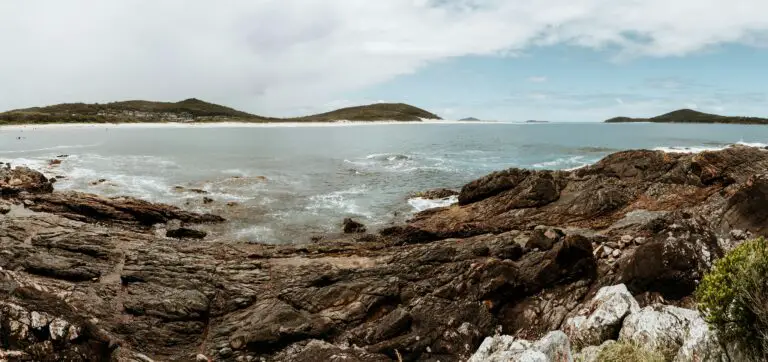
Strategies for preservation take on various forms, such as implementing geotourism initiatives that educate visitors about the geological significance of these sites, promoting sustainable tourism practices, and integrating traditional Hawaiian knowledge into land management policies. The islands’ wisdom keepers remind us of an age when rocks were revered, not just as lifeless pillars but as embodiments of ancestral spirits deserving respect and care.
At the core of current efforts is a sophisticated approach that merges modern science with indigenous understanding. Researchers meticulously study the sedimentary rock formations to identify vulnerable areas, while conservationists work alongside to develop restoration projects that aim to fortify these geologic marvels. The result is a synergy of knowledge that yields pragmatic solutions to combat erosion and human encroachment.
Through all these endeavors, what emerges is a narrative of balance—a dance of preserving the old while accommodating the new. Maintaining the integrity of Hawaiian sedimentary landscapes is not merely about keeping a scenic tableau intact for postcards; it’s about preserving a living legacy of geology and culture that has been sculpted over millennia. Each effort, whether it’s managing invasive species that undermine rock foundations or designing coastal developments with minimal impact, is a stroke in the greater painting of conservation.
Conclusion: The Ever-Changing Face of the Hawaiian Islands
As we journey through the Hawaiian archipelago, we bear witness to nature’s masterclass in geological creativity. It’s a dynamic workshop where sedimentary rocks are fashioned, not by the hands of artists, but by the relentless forces of earth, water, and time. These natural processes, tirelessly sculpting the Hawaiian landscape, reveal a story of transformation that is both ancient and ceaselessly modern.
Imagine the volcanic debris, birthed from fiery eruptions, gradually worn down by the Pacific’s tireless waves. Over millennia, this dance between the ocean’s caress and the land’s resistance gives birth to sedimentary rocks that pepper the Hawaiian coastline. Sandstones and shales—testaments to the persistence of natural elements—come to rest on the shores, narrating a history written in sediment layers.
Elsewhere, the wind—Hawaii’s unseen sculptor—whisks away fine particles, redistributing them across the island’s tapestry. Coral fragments join the symphony, contributing to the island’s remarkable feature: the biogenic beaches of crushed coral and shells that bask in the Pacific sun. It’s a testament to the confluence of life and geology, and their joint venture in crafting beauty out of chaos.
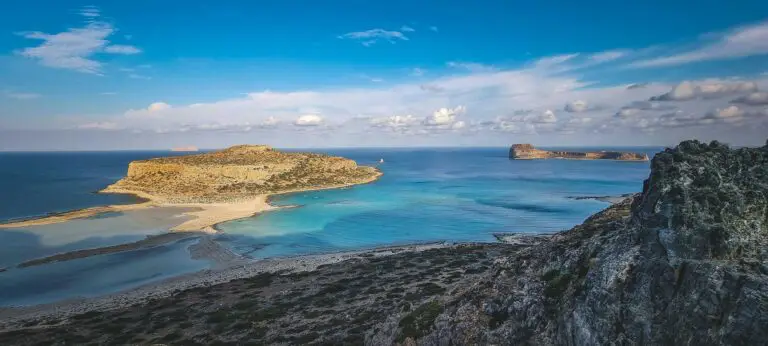
And let us not overlook the small streams, gently meandering, yet stealthily carving pathways through the volcanic rock. Sediments carried by these freshwater architects settle and lithify, adding yet another layer to Hawaii’s storied geological palimpsest. Each layer, each stone, illustrates a chapter of this ever-evolving natural saga.
The sedimentary rocks of Hawaii do more than simply add visual splendor to the islands—they are historical records locked in stone. Each layer, each grain, is a relic of the island’s geological journey, a puzzle piece of the grander narrative of Earth’s geological evolution. The beauty of Hawaii, with its awe-inspiring cliffs and soul-soothing beaches, is thus a snapshot of an ongoing masterpiece that remains subject to the whims of nature’s forces.
In the land where palms sway and waves break with rhythmic serenity, the sedimentary rocks stand as enduring symbols of the islands’ transformation—a geological inheritance that continues to dictate the ever-changing face of the Hawaiian Islands. The stage is set, and the story of these islands’ geological morphology is far from over. What we see today is merely a moment in a grand continuum—a fleeting glance in the island’s metamorphic journey through the annals of time.
Frequently Asked Questions
As we peel back the layers of Hawaii’s stunning landscapes, a common curiosity arises: How do sedimentary rocks form on the Hawaiian Islands? Let’s dive into some clear-cut answers to shed light on this rocky subject!
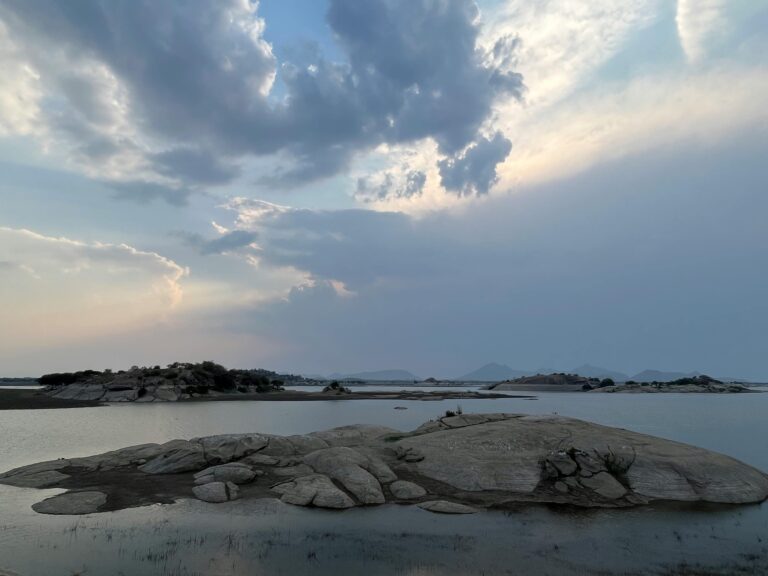
What ignites the birth of sedimentary rocks in Hawaii?
It all starts with weathering and erosion, the dynamic duo of geological processes. Picture the Hawaiian Isles, with trade winds howling and waves crashing—these forces break down existing rock into sediments. This gritty material, transported by water, wind, and gravity, eventually settles in new locations, layering over time like a geological lasagna!
Do volcanic activities contribute to the sedimentary story?
Volcanic islands are more than just fire-breathing monsters; they also play a part in our sedimentary saga. Eruptions scatter ash and tephra, which, like the remnants of a grand volcanic banquet, spread across the land and contribute to the sediment pile. It’s nature’s way of combining the fiery with the finesse!
Are there any ‘made in Hawaii’ sedimentary specials?
Absolutely! Biochemical sediments are Hawaii’s signature dish. Picture living coral reefs—these underwater metropolises build limestone overtime. And don’t forget the marine critters; their skeletal remains can create layers of calcareous sediments unique to the island chain’s shores.
How do these sediments get the ‘rock’ status?
‘Sediment’ goes through an extreme makeover to become ‘rock.’ Over time, as layers pile up, pressure and mineral-rich waters join hands to cement these sediments into a hard, compacted showpiece we know as sedimentary rock. It’s like nature’s pressing machine, stamping layers into a coherent rock record.
Are all Hawaiian sedimentary rocks the same?
Not at all! There’s a variety of these geological treasures, from conglomerates, resembling a candy shop of mixed pebbles, to sandstones, which are like snapshots of ancient beaches frozen in time. Each type tells a unique tale of the environment and conditions during its formation—think of it as stone-based storytelling.
By unraveling these FAQs, you’ve taken a peek into the fantastical world of sedimentary rock formation in Hawaii. From volcanic ashes to biological build-up, Hawaii’s geological narrative is as layered and intricate as the rocks found on its picturesque shores.
